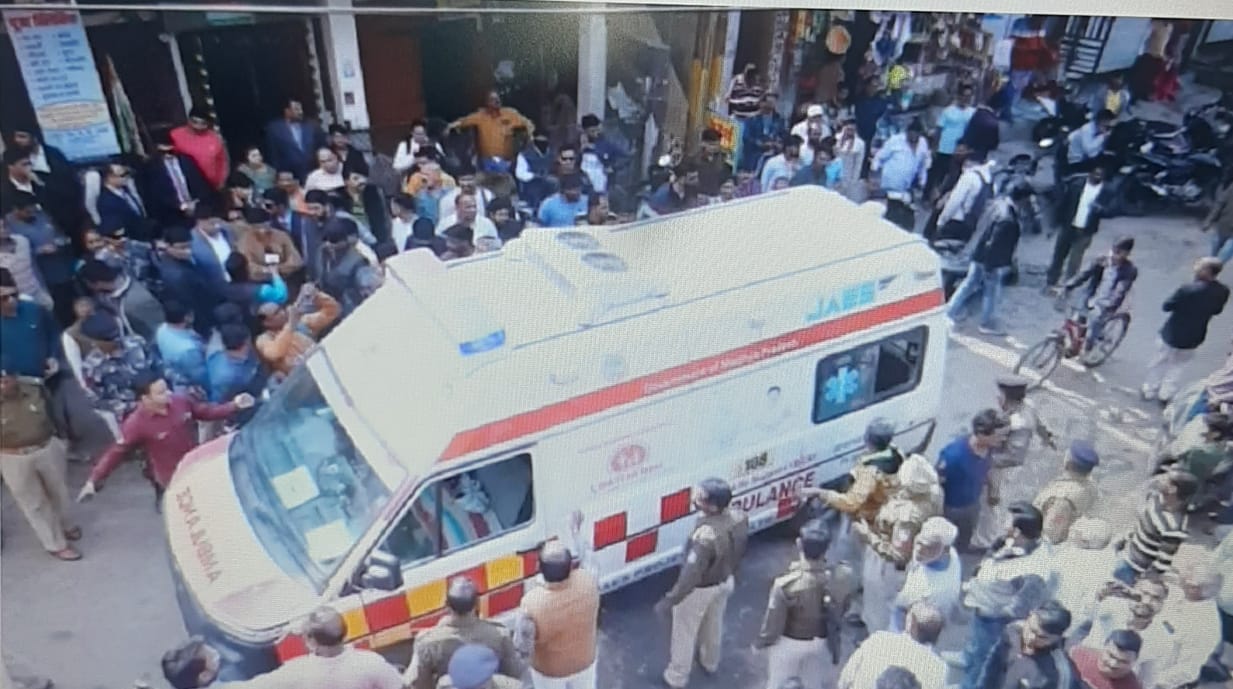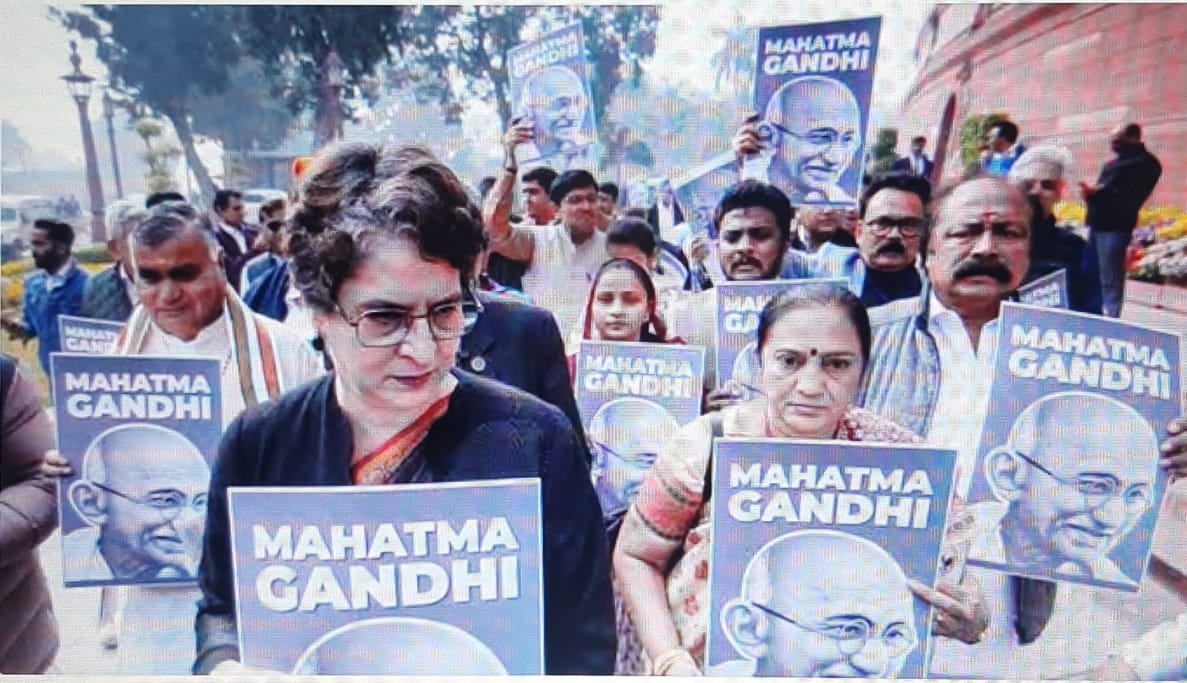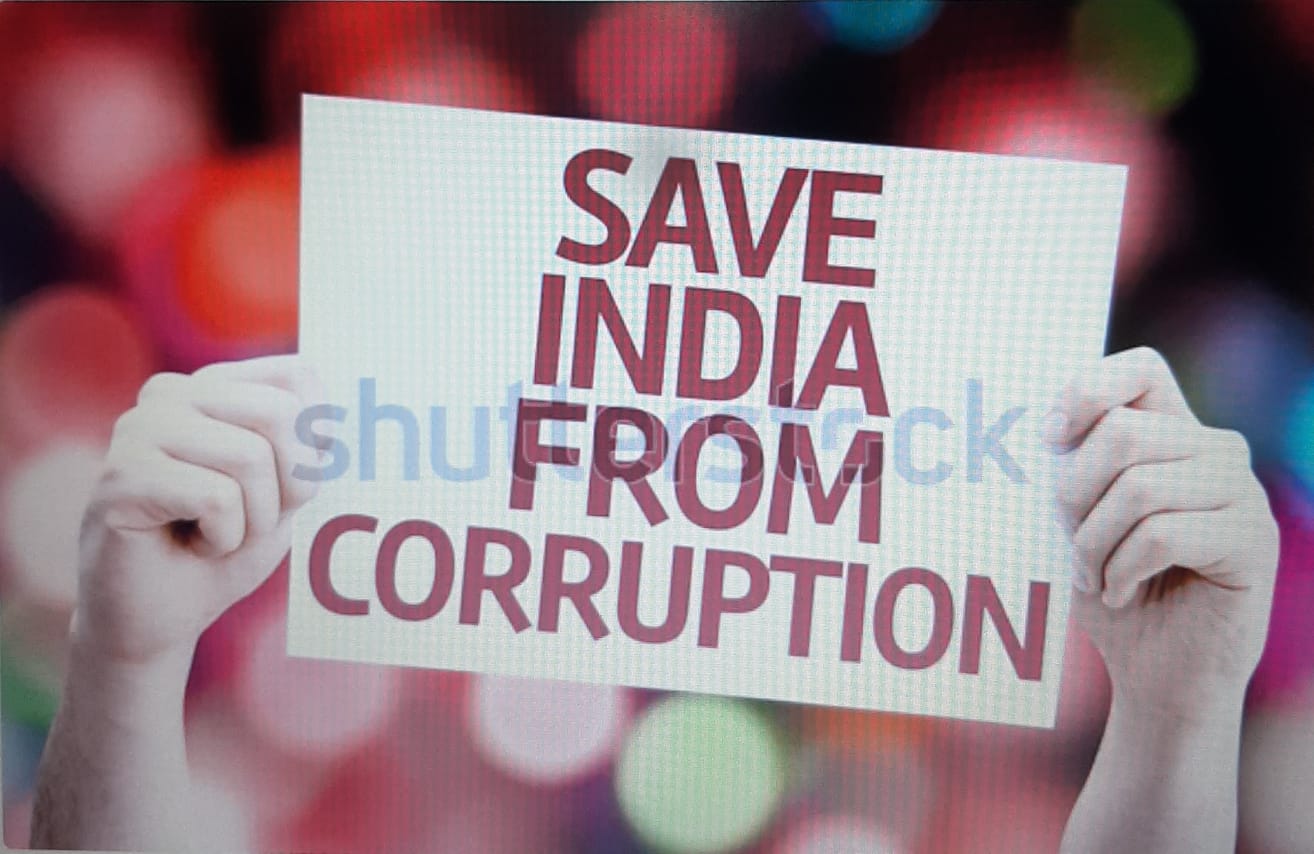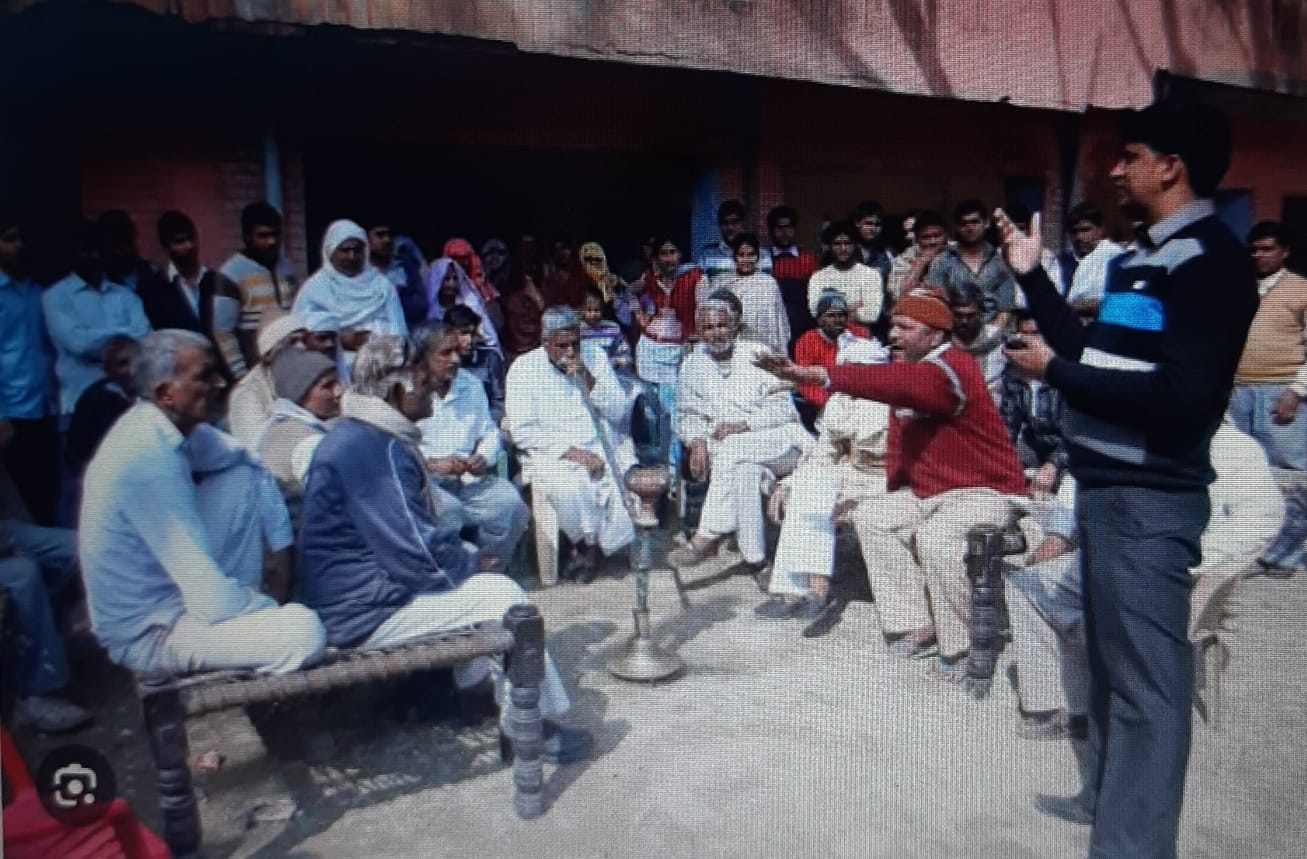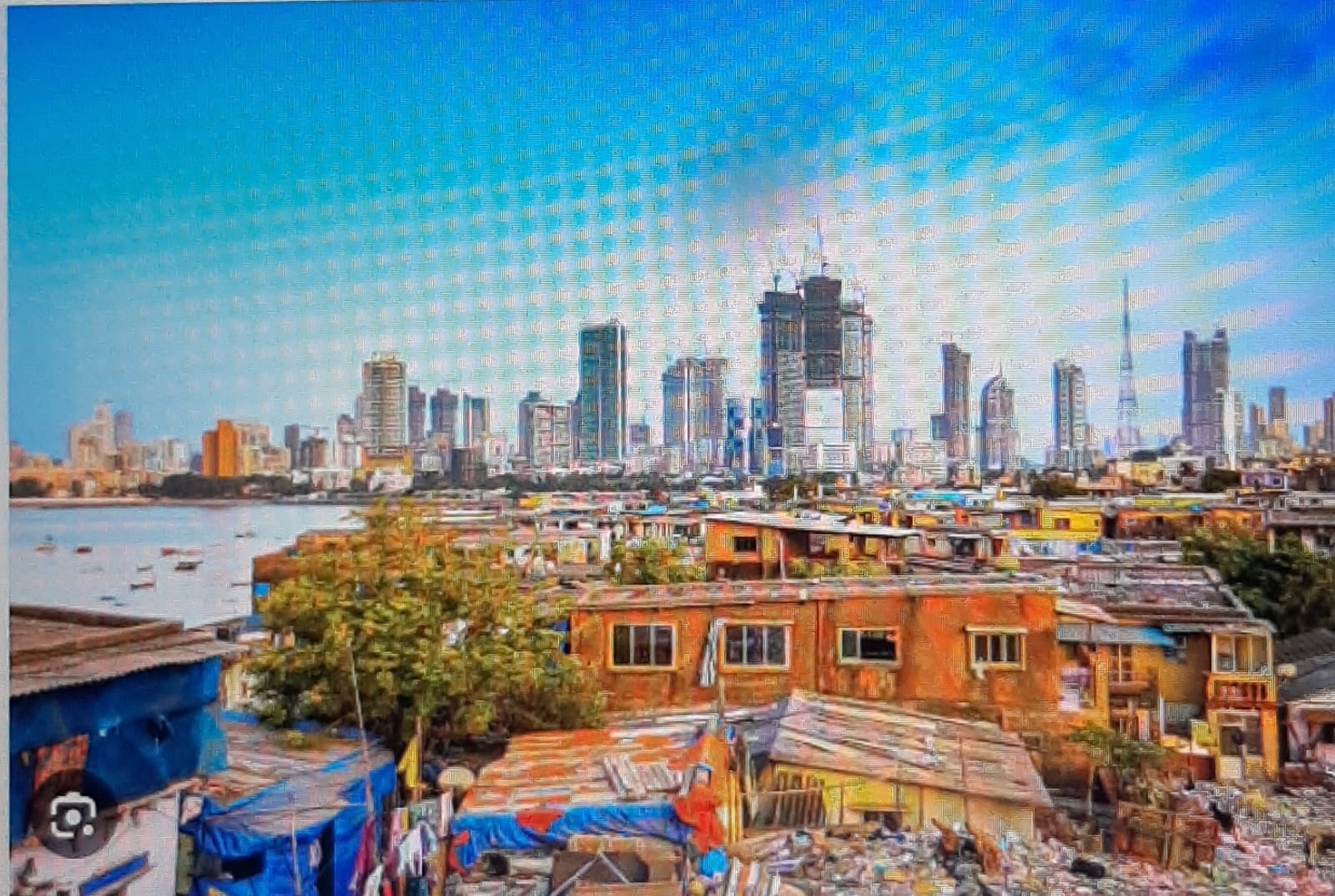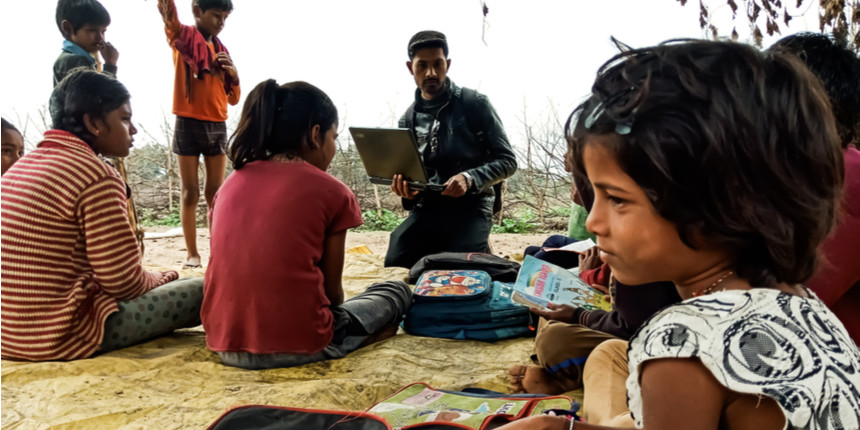
Governmental slackness in filling the rural-urban gap in online education has adversely affected the students. Further delay would only worsen the situation.
Er. Akanksha Pandey
These are COVID times. Lives of billions across the globe have seen a kind of transformation which was beyond anybody’s comprehension. All economic, social and cultural activities got adversely impacted by the pandemic. Life is yet to return to pre Covid normal in almost every country. While during the past couple of months some kind of economic revival has been noticed in some parts of the world, several major economic activities like travel and tourism are still in deep trouble and there are no signs of their revival in near future. With the worsening of Covid infection in Europe and other places and spread of mutations of Covid virus, things are looking murkier even after rollout of Covid vaccines of various hues.
The education sector, amongst all the other sectors, has suffered the maximum due to the menace. Almost all the educational institutions across the globe are either completely closed or working only symbolically. Billions of students have been forced to manage with online classes, where ever it is possible. In our country this solution is just not workable as most our student population do not have the means to access the content even if the system is in a position to provide them. The digital divide prevalent in our rural community is very well known to those running the education system. With an abysmal percentage of our rural population having access to smartphones and Wi fi connectivity, these millions of students will in no way be able to continue their learning and will be left further behind their urban brethren. In urban areas also due to widespread poverty and deprivation, a large student body would not be in a position to access the online delivery of education.
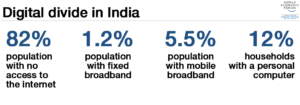
Those administering our education system need to understand that more than 80% percent of their students will be deprived of the online delivery of education on which the governments are banking so heavily. They need to think of other kind of solutions for this section of the student population mostly belonging to rural areas. That will lead to the issue of reopening the educational institutions with a well-defined protocol to take care of the Covid issue. Many countries, which were more severely affected by this virus, in the world, have done it , so we should also consider opening of our education system soon. In our country also despite serious concerns being raised by a section of the student body, the government went ahead and allowed the National Testing Authority to conduct the JEE and NEET entrance exams in the month of September, the period when the number of daily Covid infected people was nearing its peak, in which lakhs of students spread across the length and breadth of the country participated. This exercise proved one thing that if we act sincerely and ensure following of set protocols, we can undertake any activity – Covid or no Covid.

Another fact which surprises many is that governments gradually allowed every commercial activity like opening of shop , malls , bus services, cinemas with 50% capacity, marriages, metros, rail services and every kind of rural and urban markets but is reluctant to allow opening of schools and colleges where only below 25 years of least vulnerable population is the participant. It is surprising that when lakhs of people participated in political meeting and rallies then corona did not threaten to spread but as soon as suggestion to open the educational institutions is put on the table then the government raises the ante- using the pretext of spread of corona infections. This clearly shows that education per se occupies a very low priority in the minds of the ruling dispensation.
There is no doubt that with technological breakthroughs, we need to improve delivery of education by incorporating newer and more efficient methods. For this to happen, governments need to focus on bridging the gap of existing digital divide by investing in improving the school infrastructure. The existing government run schools which caters to more than 80% of our student population, need to be upgraded and fully equipped with current technological tools to become at least at par with the best schools available in private sector, if not better.
Finally, schools are not only there to provide content but they mould the students to become disciplined, social and teach them to interact with their peers and enhance their learning and experience in the bargain. Hence governments must try to ensure reopening of educational institutions at the earliest and not deprive our student population a year of joy, learning, social interaction and fun, which we all enjoyed throughout our student days. Sooner the governments wake up to this the better for our nation.
(Er. Akanksha Pandey is a freelance writer)


